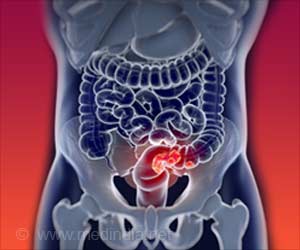A new class of nanoparticles designed by scientists holds promise for accurate and efficient delivery of cancer drugs to tumors.

A micelle is an aggregate of surfactant molecules dispersed in water-based liquid such as saline. Micelles are nano-sized, measuring about 25-50 nanometers (one nanometer is one billionth of a meter), and can function as nanocarriers for drug delivery.
BCMs are a unique type of micelle, which releases the payload quickly when triggered by the acidic micro-environment of the tumour or when exposed to an intravenously administered chemical compound such as mannitol, an FDA-approved sugar compound often used as a diuretic agent, which interferes with the cross-linked micelles.
"This use of reversibly cross-linked targeting micellar nanocarriers to deliver anti-cancer drugs helps prevent premature drug release during circulation and ensures delivery of high concentrations of drugs to the tumour site," Yuanpei Li, the first author of the study who created the novel nanoparticle with Kit Lam, said.
"It holds great promise for a significant improvement in cancer therapy," Li said.
Stimuli-responsive nanoparticles are gaining considerable attention in the field of drug delivery due to their ability to transform in response to specific triggers. Among these nanoparticles, stimuli-responsive cross-linked micelles (SCMs) represent a versatile nanocarrier system for tumor-targeting drug delivery.
The introduction of environmentally sensitive cross-linkers makes these micelles responsive to the local environment of the tumour. In these instances, the payload drug is released primarily in the cancerous tissue.
These BCMs deliver drugs based on the self-assembly of boronic acid-containing polymers and catechol-containing polymers, both of which make these micelles unusually sensitive to changes in the pH of the environment.
The team has optimized the stability of the resulting boronate cross-linked micelles as well as their stimuli-response to acidic pH and mannitol.
This novel nano-carrier platform shows great promise for drug delivery that minimizes premature drug release and can release the drug on demand within the acidic tumour micro-environment or in the acidic cellular compartments when taken in by the target tumour cells.
It also can be induced to release the drug through the intravenous administration of mannitol.
The study has been published in Angewandte Chemie.
Source-ANI
 MEDINDIA
MEDINDIA




 Email
Email










